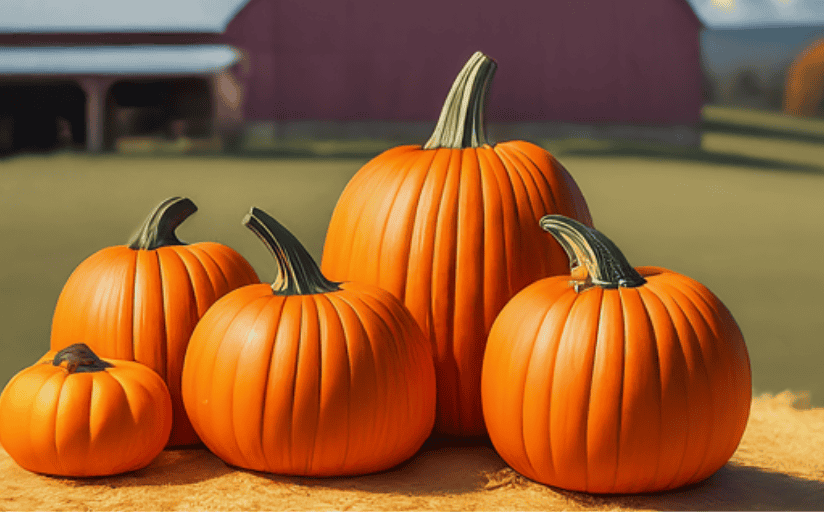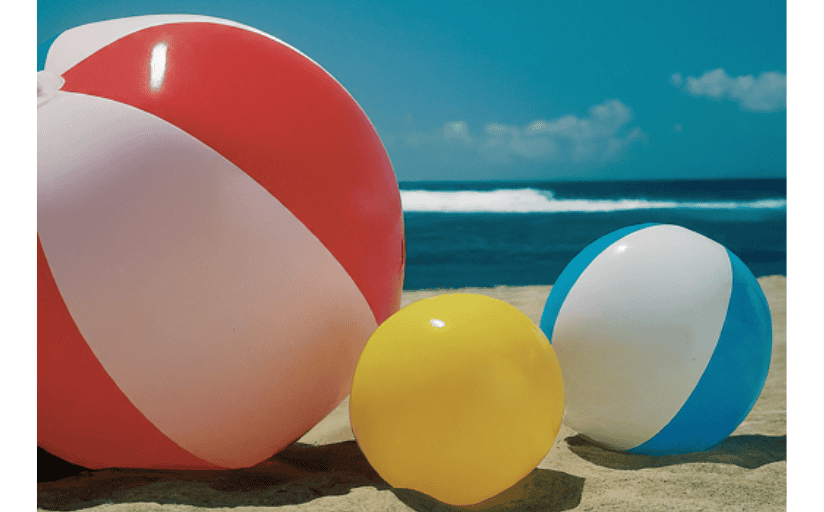I often hear people declaring this or that to be the “stupidest thing.” In one instance, I recall a would-be grammarian retorting that the declaration itself was the “most stupid.” Unwarranted hyperbole aside, the reality is that it’s not that intuitive whether to use stupidest or most stupid. To determine how to handle stupid, we need to review superlative adjectives.
What Is a Superlative Adjective?
Superlative adjectives are typically used when trying to describe the lower or upper limits of an object’s quality. For instance, describing that an object was the biggest, smallest, slowest, longest, etc. Whenever you have a sentence where a single subject is compared to a group of other objects you typically find a superlative.
Superlative Adjectives Are for Comparing Three or More
We previously discussed comparative adjectives, which are one degree of comparison. Most adjectives have three degrees: positive, comparative and superlative. Positive is the basic form of an adjective used to describe a single noun, while comparatives are used for comparing two things. When dealing with groups of three or more things, we use the superlative to describe a quality that is greater in one than in every other of its kind.

Forming Superlative Adjectives
Some superlative adjectives are created by attaching an -est suffix to the positive form of the adjective. Other adjectives cannot be modified in this manner and instead require the adverb most inserted before the positive form. Here are some examples of forming these adjectives:
| ADJECTIVE | SUPERLATIVE FORM |
|---|---|
| One syllable ending in -e: cute | Replace the -e with -est: cutest |
| One syllable ending in a consonant-vowel-consonant sequence: hot | Double the final consonant and add -est: hottest |
| One syllable ending in -y preceded by a consonant: dry | Change the y to an i and add -est: driest |
| One syllable ending in a different letter: dumb, great | Add -est: dumbest, greatest |
| Two syllables ending in -y: pretty | Change the y to an i and add -est: prettiest |
| Two or more syllables ending in a different letter: attractive, beautiful | Insert most before the adjective: most attractive, most beautiful |
| Any adjective derived from the present or past participle of a verb: tiring, tired | Insert most before the adjective: most tiring, most tired |
| Other cases: good/well, bad/ill, far, old, many/much/some, little | Irregular superlatives: best, worst, farthest/furthest, oldest/eldest, most, least |
There are a number of two-syllable adjectives that can be made into superlatives using either -est or most. In fact, stupid is one such example, as the superlative can be either stupidest or most stupid. Other examples include gentle, handsome, narrow, quiet, shallow and simple. Generally, these are adjectives that end in unstressed vowel sounds, but unfortunately, this does not apply as a rule in every case. If you are unsure about a two-syllable adjective not covered in the chart above, the cautious approach is to use most.
Using Superlative Adjectives
Superlative adjectives can be placed in the attributive position before a noun, in the predicative position after a linking verb or in the postpositive position after the noun being modified. Here are some superlative examples:
Attributive: the biggest pumpkin
Predicative: That man is the most interesting.
Postpositive: the seat closest to the door
Superlatives may appear by themselves in the predicative position, with the basis of comparison usually understood from the context. To establish a specific domain, use a prepositional phrase beginning with in or of. Use in with a singular noun identifying a group, and use of with plural nouns:
the best bakery in Queens
the fastest of the rodents
As seen in the above examples, superlative adjectives are usually preceded by the definite article the. You may also use a different definite determiner, such as a possessive pronoun or a number, before a superlative:
my finest silverware
the five hottest actors in Hollywood
We can also omit the when comparing a noun to itself at different times:
Stella is most lucid in the morning.
In the above superlative example, the idea is that Stella is more lucid in the morning than at all other times of day.
Superlative Opposites
To describe something as being of a lesser degree compared to all other things of the same kind, insert the adverb least before the adjective:
the least qualified individual
We generally avoid using least with one-syllable adjectives because such constructions tend to sound metrically awkward. Instead, use the superlative form of an adjective that has the opposite meaning:
Awkward: the least good outcome
Better: the worst outcome
Alternatively, you may opt to use least good precisely in order to avoid the direct negativity of worst.
The Best Advice When It Comes to Superlative Adjectives
If you’re struggling to find the right superlative form of an adjective, consider whether you need it in the first place. In formal writing, hyperbolic language is usually frowned upon, so you should take care not to exaggerate with superlatives. If you still need help with superlative adjectives, feel free to comment below with any questions!


Leave a Reply